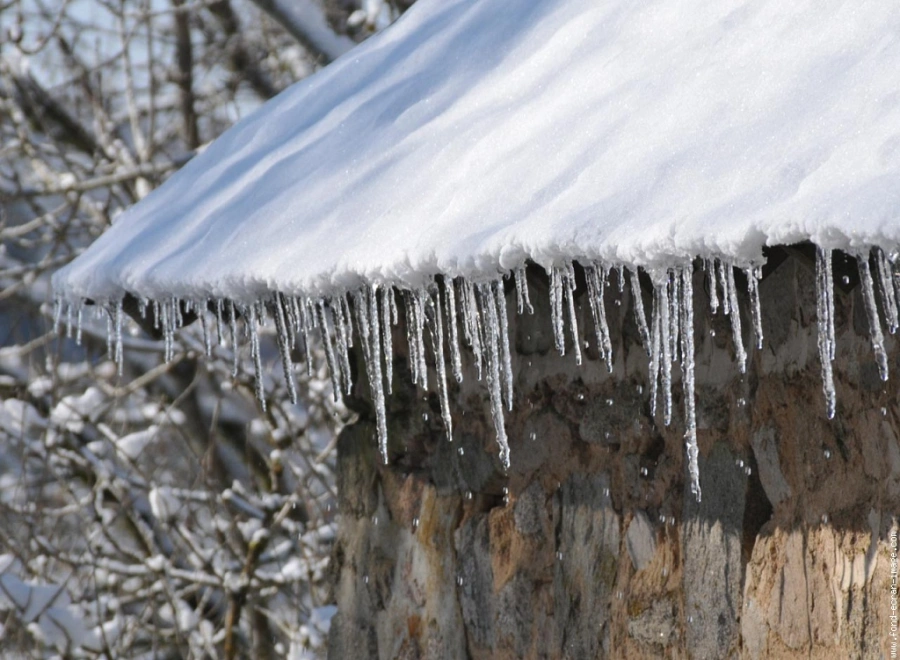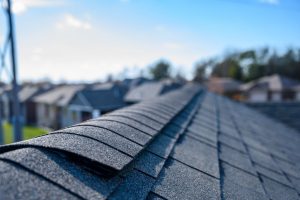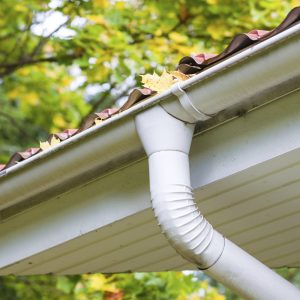We are almost there! While we look forward to the warm weather, we must not forget that it increases the risk of water damage when the snow melts. Be prepared and do a walk-through to see if your home will withstand the spring thaw.
Before the thaw
Roofing
As temperatures warm up, the snow on your roof melts and the risk of seepage into the walls of your home increases. If there is more than 20 inches of snow or a mixture of 9 inches or more of snow and ice, snow removal is required. If necessary, call on professional roof snow removal experts with the necessary tools.
Gutters, downspouts and drains
Spring also means cleaning, draining gutters, downspouts and drains. This is a necessary practice to keep water away from the building. Indeed, during the spring, leaves and other debris can accumulate and clog the drain or reduce the efficiency of the gutters / downspouts.
- Make sure that no snow, ice or debris is blocking the drain openings. If they are, clear them.
- If your home has a flat roof, call in a specialist to avoid damaging the roof while doing the work.
Once the snow has melted
When the snow melts and your roof is completely clear, a check of its condition will help you prevent possible water damage.
Sloped roof
- Check the current condition of your roof for signs of wear and tear or aging that could lead to water infiltration (missing or loose shingles, swelling, rolled-up corners, etc.)
- Check flashings around chimneys and vents. They should not show any signs of wear, be warped or broken.
- Inspect gutters and downspouts:
- Make sure they are intact, not twisted or warped by the weight of the snow.
- Check that there is no water stagnating in your eavestroughs, this means an insufficient slope caused by sagging eavestroughs.
- Ensure that downspouts keep water away from your home as much as possible.
Flat roof
- Check to see if the gravel completely protects the asphalt layer. Gravel helps protect the roof surface from overheating and helps UV rays to reflect, which prevents your roof from aging.
- Check the general condition of the roof and look for any possible risks:
- Signs of erosion
- Sags or blisters
- Holes / cracks
- Lack of flashing
- Unstable supports for air conditioners, ventilation ducts
- Leaky joints
- Check the drainage slopes; they must allow water to drain as quickly as possible without remaining stagnant on the roof.
Doors and windows
Any opening, any crack or any aging of the joints encourage water infiltration. This is why it is essential to check the following points when spring arrives:
- Inspect the condition of seals around doors and windows.
- Correct caulking if necessary
Foundations
After the thaw, it is very important to check the condition of the foundation to detect potential problems and avoid damage due to seepage:
- Carefully check the condition of the foundation both inside and outside your home. If necessary, have any apparent cracks repaired by specialists.
- Ask for a professional evaluation to see if there are any signs of infiltration or humidity.





